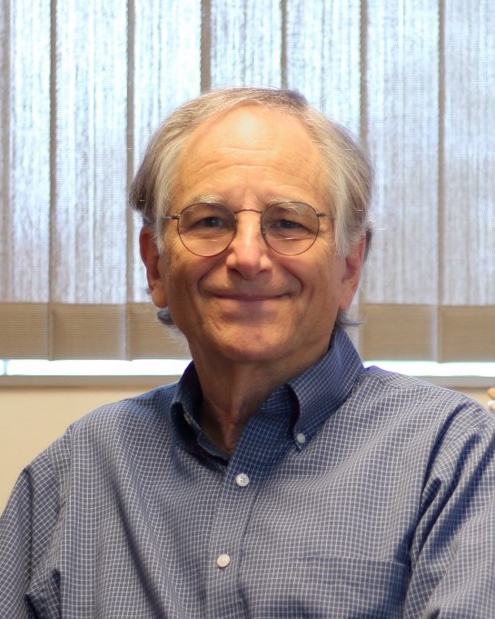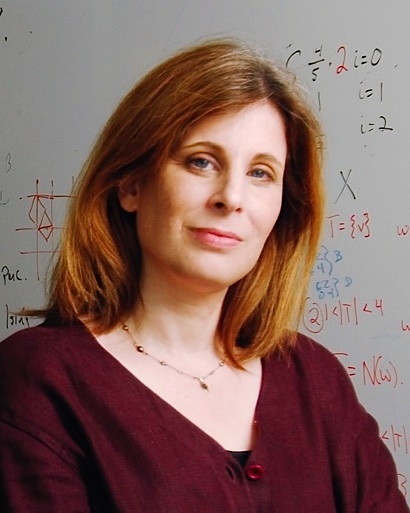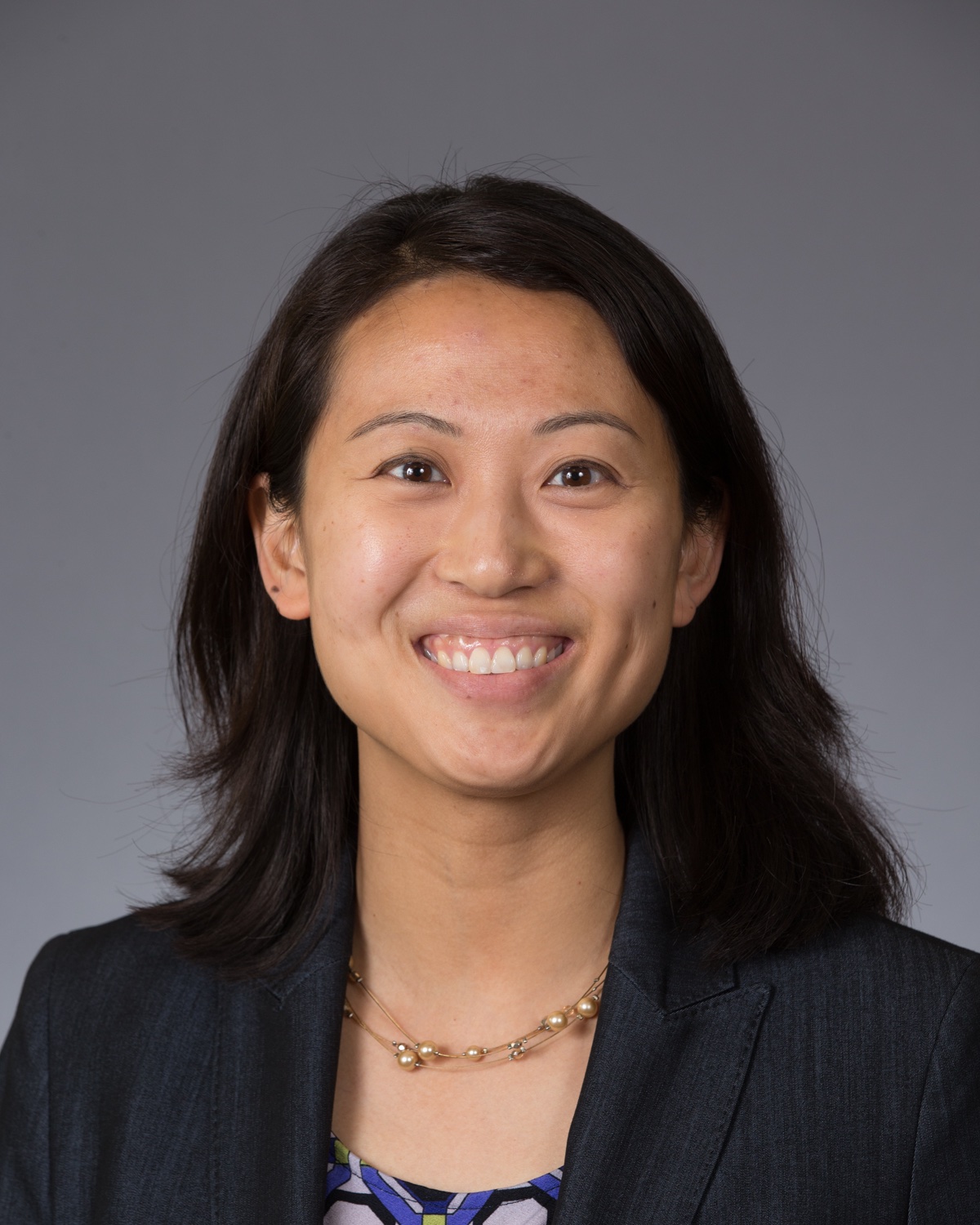- Leonard Adleman: Genes, Memes, Cenes
- David Baker: The Coming of Age of De Novo Protein Design
- Michael Elowitz: Protein Circuit Designs for Computation and Communication
- Dana Randall: Phase Transitions in Distributed and Stochastic Algorithms
- Anne Shiu: Design Principles of Biochemical Reaction Systems
- Erik Winfree: 25 Years of Computing with DNA
The conference will move between a few different locations. Although we will try to remind you, please make sure to check the schedule and location. Events are held in the location listed for the entire day, unless otherwise noted.
Note that the HUB, Allen Center and Gates Center are all within a 2 min walk from each other on Stephens Way at the center of the UW campus. Alder Commons is about a 10-15 min walk from these.
Participants are expected to follow the Code of Conduct.
Schedule
Monday, August 5 ⤴
| 1:30p | Introduction and Welcome |
|
Afternoon Session
|
|
| 1:40p | Keynote 1 -- David Baker: The Coming of Age of De Novo Protein Design |
| 2:40p |
Modular design of functional RNA origami scaffolds
|
| 3:05p |
Combinatoric Catalytic Reaction Networks
|
| 3:20p | BREAK |
| 3:40p |
Chemical reaction networks and stochastic local search
|
| 4:05p |
A reaction network scheme which implements inference and learning for Hidden Markov Models
|
| 4:30p |
Implementing arbitrary CRNs using strand displacing polymerase
|
| 4:55p | End of session |
| 5:00p | Poster session 1 and Opening Reception - Atrium of Paul G. Allen Center |
Tuesday, August 6 ⤴
| 8:30a | Light continental breakfast |
|
Morning Session
|
|
| 9:00a | Keynote 2 -- Michael Elowitz: Protein Circuit Designs for Computation and Communication |
| 10:00a |
Molecular program for isothermal digital detection of microRNA
|
| 10:25a |
Designing switchable Cas12a guide RNAs
|
| 10:40a | BREAK |
| 11:10a |
A smart polymer for sequence-selective binding, pulldown and release of DNA targets
|
| 11:35a |
Sequence selective activation of conditional small interfering RNAs by RNA transcripts in mammalian cells
|
| 12:00p |
Thioflavin-T as a Fluorogenic Small-Molecule Probe for DNA Circuits
|
| 12:25p | LUNCH - Lyceum |
|
Afternoon Session
|
|
| 2:00p | Keynote 3 -- Dana Randall: Phase Transitions in Distributed and Stochastic Algorithms |
| 3:00p |
Toward Catalytic Networks from Thermodynamic Binding Networks
|
| 3:15p | BREAK |
| 3:40p |
DNA Nanostructures Coordinate Gene Silencing in Mature Plants
|
| 4:05p |
DNA Nanostructures that Self-Heal in Serum
|
| 4:30p |
Automated Design of Curved DNA Origami Nano-Capsules with Specific Shape and Variable Multilayer-Reinforced Rigidity
|
| 4:55p | End of session |
| 5:00p | Poster session 2 - Atrium of Paul G. Allen Center |
Wednesday, August 7 ⤴
| 8:30a | Light continental breakfast |
|
Morning Session
|
|
| 9:00a | Keynote 4 -- Anne Shiu: Design Principles of Biochemical Reaction Systems |
| 10:00a |
Kinetic control of spontaneous nucleation in uniquely-addressed multifarious self-assembly
|
| 10:25a |
Crisscross Cooperative Assembly
|
| 10:40a | BREAK |
| 11:10a |
DNA Reaction-Diffusion Attractor Patterns
|
| 11:35a |
Non-cooperatively assembling large structures
|
| 12:00p |
Simulation of Programmable Matter Systems Using Active Tile-Based Self-Assembly
|
| 12:25p | LUNCH |
|
Afternoon Session
|
|
| 2:00p |
Real-Time Equivalence of Chemical Reaction Networks and Analog Computers
|
| 2:25p |
Reversible computation using swap reactions on a surface
|
| 2:50p |
Efficient Parameter Estimation for DNA Kinetics Modeled as Continuous-Time Markov Chains
|
| 3:15p | BREAK |
| 3:40p |
Error-free stable computation with polymer-supplemented chemical reaction networks
|
| 4:05p |
Combined amplification and molecular classification for gene expression diagnostics
|
| 4:30p |
Autonomous in situ generation of multi-stranded RNA complexes for synthetic molecular circuits
|
| 4:55p | End of session |
Thursday, August 8 ⤴
| 8:30a | Light continental breakfast |
|
Morning Session
|
|
| 9:00a | Keynote 5 -- Leonard Adleman: Genes, Memes, Cenes |
| 10:00a |
New bounds on the tile complexity of thin rectangles at temperature-1
|
| 10:25a |
Design automation for DNA origami mechanisms
|
| 10:40a | BREAK |
| 11:10a |
Solid-State Nanopore-Based DNA Data Storage and DNA Computing
|
| 11:35a |
DNA Punch Cards: Encoding Data on Native DNA Sequences via Topological Modifications
|
| 12:00p |
Developing Privileged Genetic Alphabets for DNA Information Storage
|
| 12:15p |
Probing the Physical Limits of Reliable DNA Data Retrieval
|
| 12:30 | LUNCH - Lyceum |
|
Afternoon Session
|
|
| 2:00p | Keynote 6 -- Erik Winfree: 25 Years of Computing with DNA |
| 3:00p |
SIMDNA: Single Instruction, Multiple Data Computation with DNA Strand Displacement Cascades
|
| 3:25p | BREAK |
| 4:00p |
PANEL
|
| 5:00p | RECEPTION - Bill & Melinda Gates Center |
Friday, August 9 ⤴
Molecular Technology Day
| 8:30a | Light continental breakfast |
|
Morning Session
|
|
| 9:00a |
Biocomputing in synthetic cells
|
| 9:35a |
Scalable molecular reporting with nanopore sensor arrays
|
| 10:10a |
Construction of DNA Amplification Circuit for Directing DNA Nanodevices and Quantifying Nucleic Acids
|
| 10:25a | BREAK |
| 10:55a |
Applications of programmable autonomous synthesis cascades with primer exchange reactions
|
| 11:30a |
Enzymatic and chemical manipulation of nucleic acids: the 'Intel Inside' of DNA computing
|
| 12:05p | End |
Keynote Speakers
Genes, Memes, and Cenes ⤴
I was a young mathematics professor at MIT when I began reading Richard Dawkins’ 1976 book “The Selfish Gene” about the primacy of genes in Darwinian evolution. In the last chapter, Dawkins introduced what he called “memes” – analogues of genes that resided in peoples’ brains rather than in molecules of DNA. I recall saying to myself: Oh, that’s how it all works.
How what works? Pretty much everything. For example, you.
As a mathematician, I had long been aware of the work of logicians Alan Turing (the father of computer science) and Steven Kleene (the discoverer of the so called “recursion theorem”), and it had been apparent to me, and to others who cared about such things, that their results implied that the things stored in computers (which I later called cenes) were also analogues of genes.
I was really struck by all of this and ever since I have worked to put the pieces together.
It was clear from the start that genes, memes, and cenes must obey Darwin’s laws: survival of the fittest, mutation and natural selection. But with time it became clear that Darwin’s laws are often misunderstood, and that there are other laws, not previously described, that also apply. It also became clear that these laws did not just apply to genes, memes, and cenes, but to a larger class of things I came to call “prenes”
Genes have become central to the study of biological evolution. I believe that memes, cenes and other prenes have the potential to occupy a similar position with respect to the study of societal and computer evolution.
Note: The latest draft of Professor Adleman’s book Genes, Memes and Cenes can be downloaded from his webpage.
The Coming of Age of De Novo Protein Design ⤴
Proteins mediate the critical processes of life and beautifully solve the challenges faced during the evolution of modern organisms. Our goal is to design a new generation of proteins that address current day problems not faced during evolution. In contrast to traditional protein engineering efforts, which have focused on modifying naturally occurring proteins, we design new proteins from scratch based on Anfinsen’s principle.
Protein Circuit Designs for Computation and Communication ⤴
Circuits of interacting proteins can perform a variety of “computational” functions in living cells. They allow cells to encode and decode signals, store information, and compute responses to complex stimuli. What kinds of design principles allow natural protein circuits to perform these functions effectively? How can we design synthetic protein circuits that provide similar or totally new functionality? This talk will explore emerging paradigms of natural and synthetic protein circuit design in mammalian cells. A major focus will be on core intercellular communication pathways such as BMP and Notch which use multiple promiscuously interacting ligands and receptors, as well as new approaches for programming fully synthetic mammalian circuits.
Phase Transitions in Distributed and Stochastic Algorithms ⤴
Markov chain Monte Carlo methods have become ubiquitous across science and engineering to model dynamics and explore large combinatorial sets. One of the most striking discoveries has been the realization that many natural Markov chains undergo phase transitions whereby they abruptly change from being efficient to inefficient as some parameter of the system is modified, also revealing interesting properties of the underlying stationary distributions. We will explore valuable insights that phase transitions provide in three settings. First, they allow us to understand the limitations of certain classes of sampling algorithms, potentially leading to faster alternative approaches. Second, they reveal statistical properties of stationary distributions, giving insight into various models interacting agents. Third, they predict emergent phenomena that can be harnessed to design distributed algorithms for certain asynchronous models of programmable active matter and swarm robotics. We will see how these three research threads are closely interrelated and inform one another.
Design Principles of Biochemical Reaction Systems ⤴
How do signaling networks within cells process and encode information?
This talk investigate the theory side of this question, through the dynamical systems arising from biochemical networks. We focus specifically on two dynamical properties – bistability and oscillations – which may indicate that the underlying biochemical mechanism acts as a biological switch or clock. Our main mathematical tool is to harness a rational parametrization (that is, a map with rational-function coordinates) of the set of steady states of a system. We describe how such a parametrization allows us to analyze the dynamics of a large class of signaling networks involving phosphorylation and other forms of post-translational modification. Taken together, our results elucidate how bistability and oscillations emerge in important biological networks, and point to design principles for achieving such dynamics.
25 Years of Computing with DNA ⤴
I was a graduate student floundering around for a thesis topic when Len Adleman published his remarkable paper on “Molecular computation of solutions to combinatorial problems” in 1994. That paper brought me together with Paul Rothemund, who had just received his undergraduate degree, and he introduced me to Ned Seeman’s incredible (even at the time!) body of work on DNA nanotechnology. One thing led to another, and Paul and I presented our ideas at the first workshop on DNA Based Computers at Princeton in April of 1995, where we met Len and Ned. Heady times, as they say. In this talk I will revisit some of the deeper ideas that were explored in those days, and trace their development from DNA computing through DNA nanotechnology and molecular programming and in some sense “back” to DNA data storage. I will emphasize “thinking like a physicist” and “thinking like a computer scientist”, as well as the interplay of theory and experiment. I will conclude with some probably way-off-the-mark conjectures about the future.
Posters
Both sessions will be held in the atrium of Paul G. Allen Center. Pizza and drinks will be served.
Maximum poster size is 3 feet tall, 4 feet wide (94 x 122 cm).





